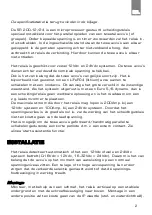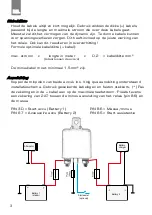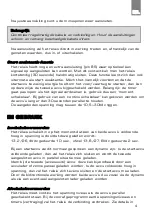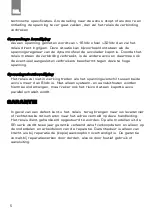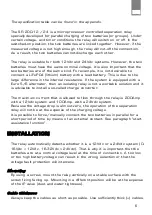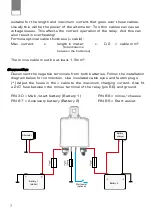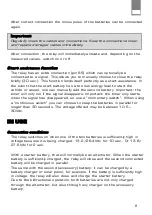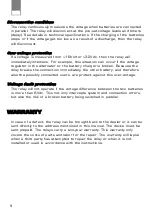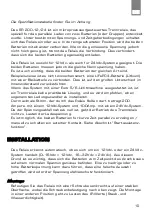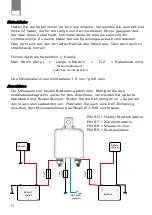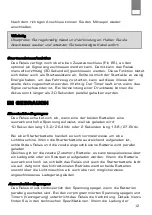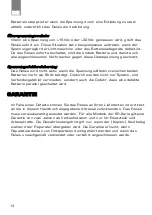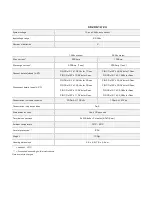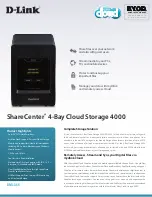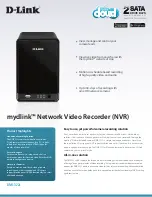
6
EN
The specification table can be found in the appendix.
The SR 200-12 / 24 is a microprocessor controlled separation relay
specially developed for parallel charging of two batteries (or groups). Under
certain voltage- and timer conditions the relay will switch on or off. In the
switched-on position, the two batteries are linked together. However, if the
measured voltage is not high enough, the relay will cut-off the connection.
As a result, the two batteries cannot discharge each other.
The relay is suitable for both 12Vdc and 24Vdc systems. However, the two
batteries must have the same nominal voltage. It is also important that the
two batteries are of the same kind. For example, it is not desirable to
connect a LiFePO4 (lithium) battery with a lead battery. This is due to the
large difference in the internal resistance. If the system is equipped with a
Euro 5/6 alternator, then an isolating relay is not a workable solution and it
is advisable to install a so-called charge converter.
The maximum current that is allowed to flow through the relay is 200Amp.
with a 12Vdc system and 100Amp. with a 24Vdc system.
Because the voltage drop is almost zero, the operation of the separation
relay will not be at the expense of the charging voltage.
It is possible to force/manually connect the two batteries in parallel for a
short period of time by means of an external contact. See paragraph "start
assistance function".
INSTALLATION
The relay automatically detects whether it is a 12Vdc or a 24Vdc system (0-
16Vdc = 12Vdc, 16-32Vdc = 24Vdc). That is why it is important that the
batteries are at a normal voltage level at the time of connection. A too low
or too high battery voltage can result in the wrong selection or that the
voltage fault protection will intervene.
Mounting
By using a screw, mount the relay vertically on a stable surface with the
screw fixing facing up. Mounting in a different position will be at the expense
of the IP value (dust and water tightness).
Cable
thickness
Always keep the cables as short as possible. Use sufficiently thick (+) cables,


